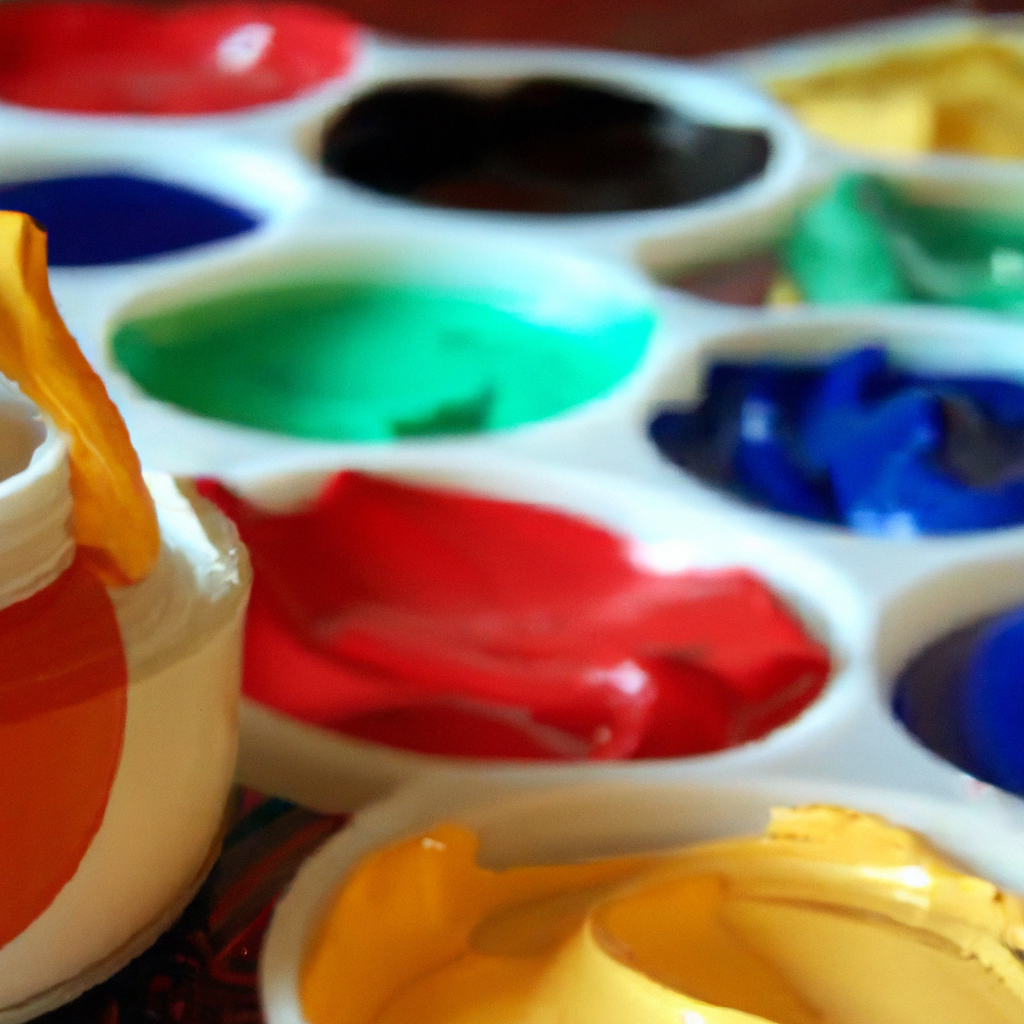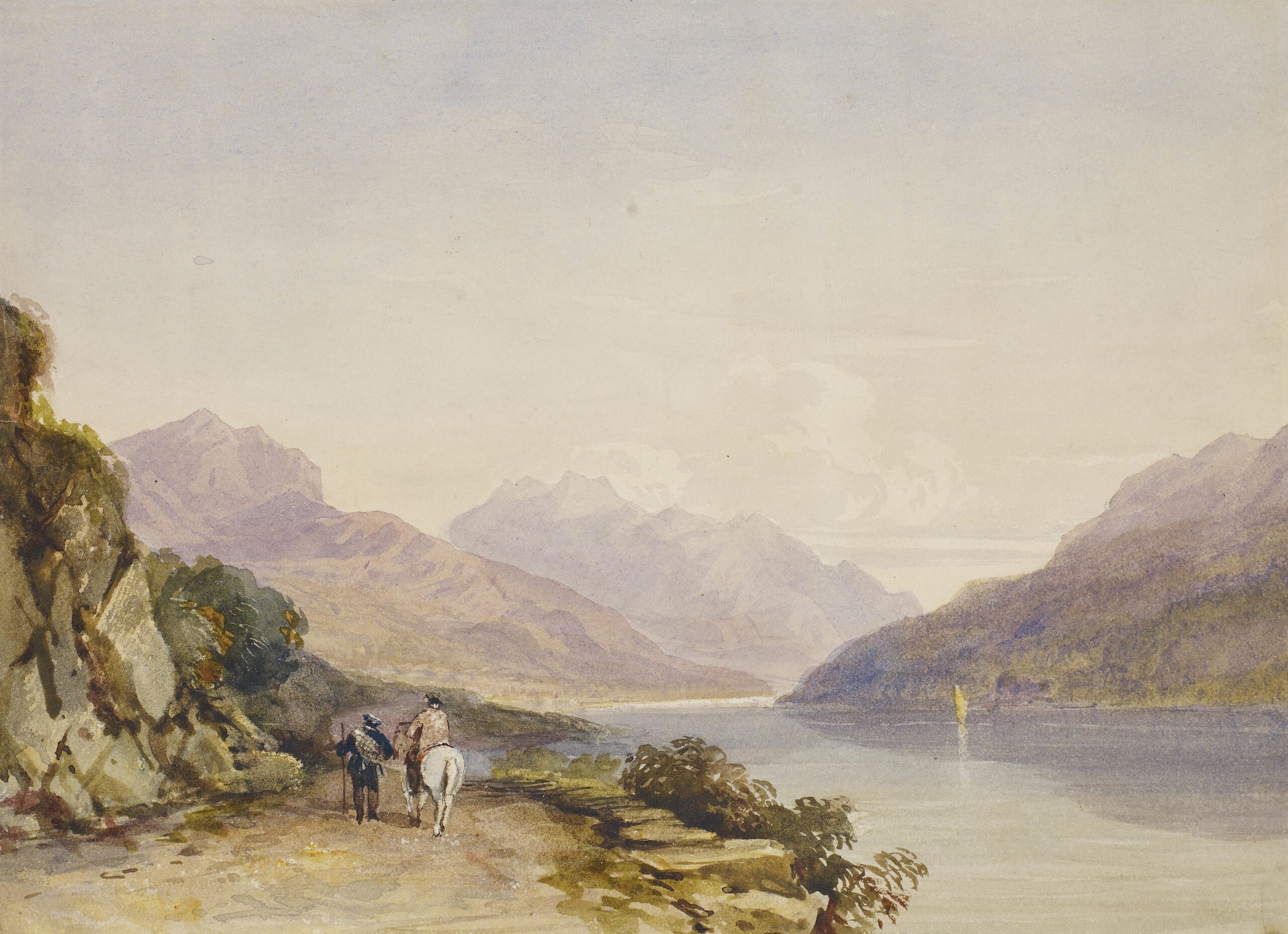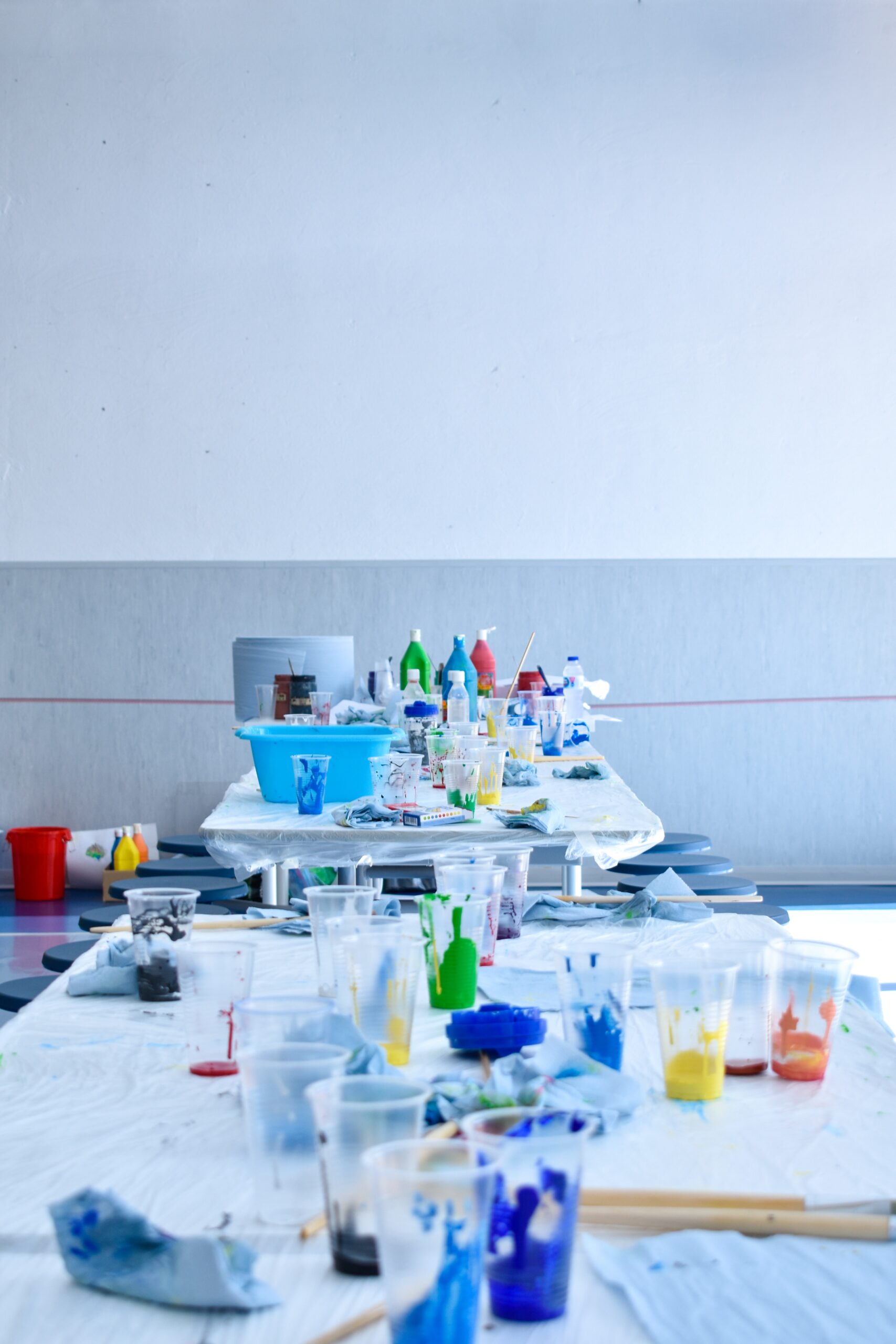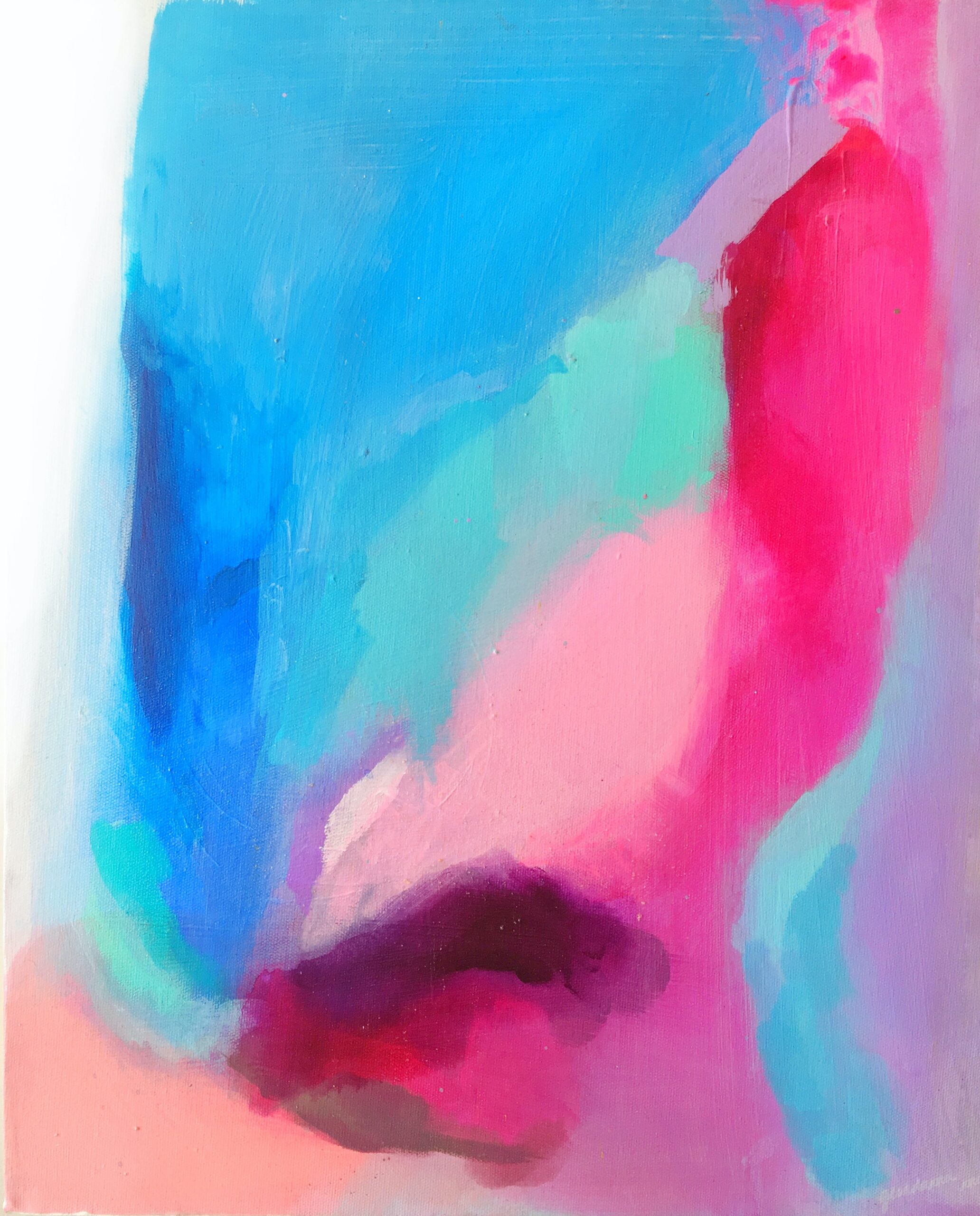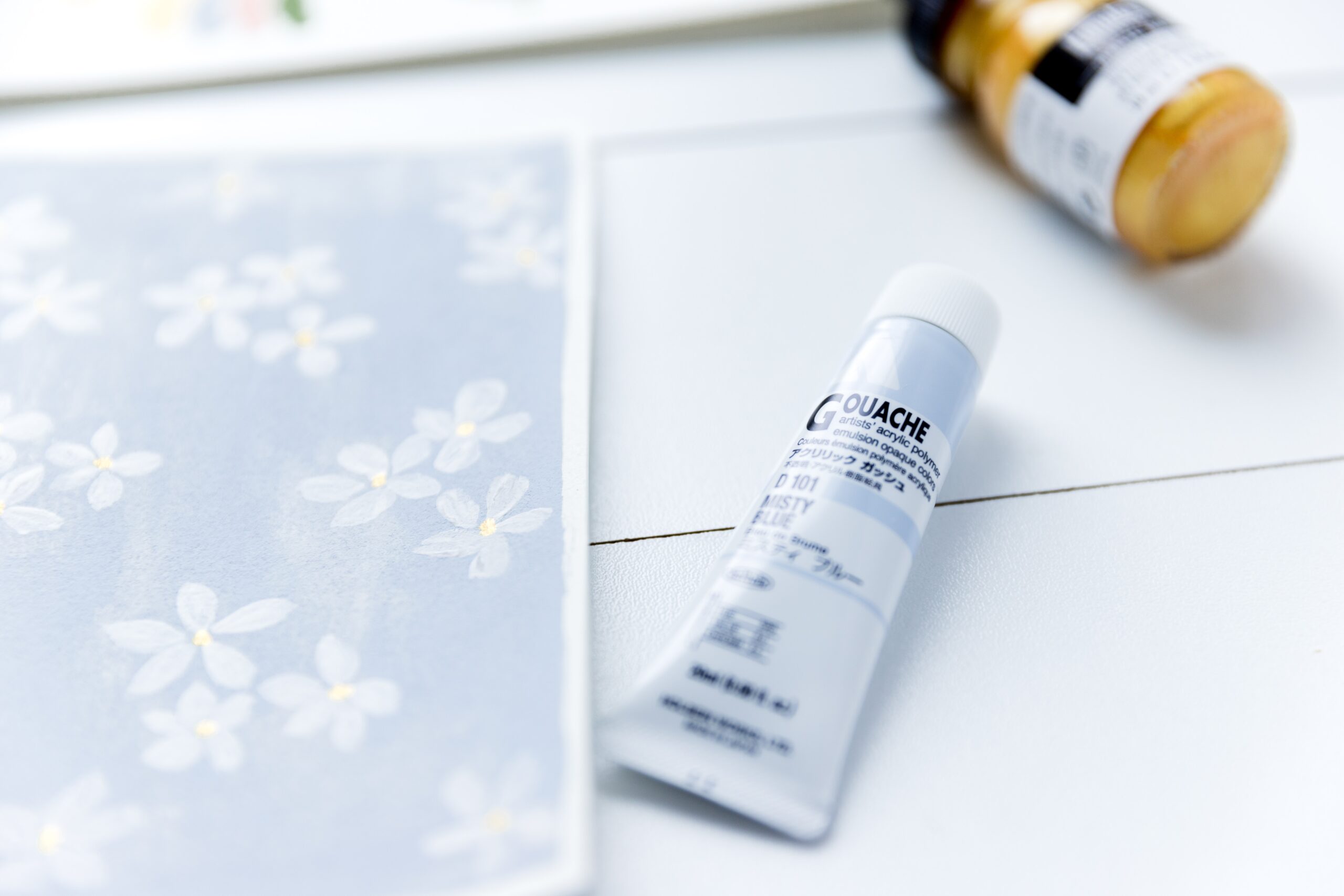In the world of art, the possibilities for creativity are seemingly endless. As a budding artist, you may find yourself exploring various mediums and techniques, eager to experiment and push the boundaries of traditional art forms. One query that may have crossed your mind is whether it is possible to paint clay sculptures with gouache. This article aims to shed light on this intriguing question, discussing the compatibility of gouache with clay and the potential benefits and challenges that come with this unique combination. So, if you’re curious to discover whether clay and gouache can harmoniously coexist in your artistic endeavors, read on to uncover the answers you seek.
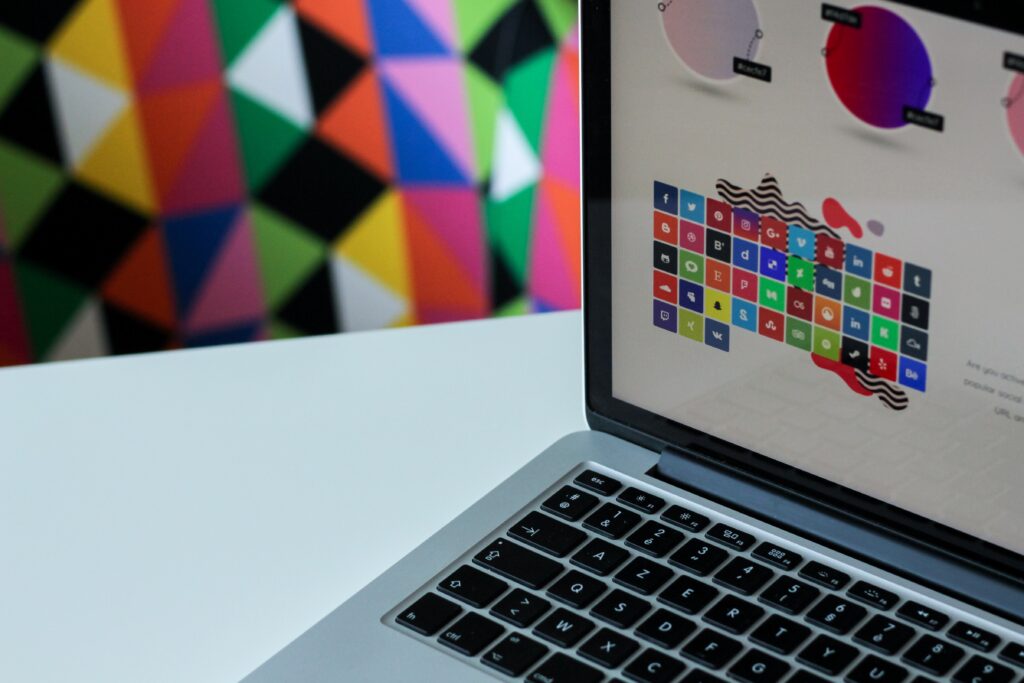
This image is property of images.unsplash.com.
Prepping the Clay Surface
Cleaning the Clay
Before applying gouache to clay, it is important to ensure that the surface is clean and free from any dust, dirt, or debris. This can be done by gently wiping the clay with a soft cloth or sponge dampened with water. Avoid using harsh chemicals or cleaners that may damage the clay.
Sanding the Surface
To create a smoother and more even surface for the gouache, sanding the clay can be beneficial. This can be done using fine-grit sandpaper or sanding sponges. Gently sand the surface in a circular motion until it feels smooth to the touch. Be careful not to sand too vigorously, as this may damage the clay.
Applying a Primer
To improve the adhesion of gouache to the clay surface, applying a primer is recommended. There are various primers available specifically designed for clay surfaces. Apply a thin, even coat of primer using a brush or sponge and let it dry completely before proceeding with the gouache application. Primers can help enhance the vibrancy and longevity of the gouache colors.
Choosing the Right Gouache
Understanding Gouache
Gouache is a type of paint that is known for its opaque and matte finish. It consists of pigments mixed with a binder, usually gum arabic, which gives it a creamy consistency. Unlike watercolors, gouache provides excellent coverage and can be layered to create different effects. It is important to understand the nature of gouache before selecting the right one for your clay project.
Selecting Gouache Colors
When choosing gouache colors for clay painting, consider the overall aesthetic and desired outcome of your project. Gouache comes in a wide range of colors, including primary colors, earth tones, metallics, and pastels. Consider the color scheme, contrast, and harmony you want to achieve and select colors that align with your vision. It is also recommended to choose lightfast colors that are resistant to fading over time.
Considering Gouache Brands
The quality of gouache can vary depending on the brand. It is advisable to choose a reputable brand that offers high-quality pigments and binders. Some popular gouache brands include Winsor & Newton, M. Graham & Co., Holbein, and Schmincke. Do some research, read reviews, and consider the budget and availability of the gouache brands before making a final decision.
Preparing Gouache for Clay
Mixing Gouache with Mediums
Gouache can be mixed with various mediums to alter its consistency and improve its performance on clay. Adding water to gouache can make it more fluid, allowing for easier application. Alternatively, mixing gouache with a medium such as gouache extender or acrylic medium can enhance its durability and flexibility. Experiment with different ratios of gouache and mediums to find the desired consistency for your project.
Adjusting Gouache Consistency
the consistency of gouache plays a crucial role in its application on clay. Depending on the project, you may need a thicker or thinner consistency of gouache. To adjust the consistency, add water or medium gradually while stirring the mixture. Aim for a consistency that allows the gouache to flow smoothly without being too runny or too thick.
Testing Gouache on Scrap Clay
Before applying gouache to your actual clay project, it is important to conduct a test on scrap clay. This will allow you to assess how the gouache reacts to the clay and how the colors appear when dry. Apply the gouache to a small portion of the scrap clay and let it dry completely. Evaluate the adhesion, coverage, and color vibrancy before proceeding with the actual application.
Applying Gouache to Clay
Using Brushes for Gouache Application
Brushes are commonly used for applying gouache to clay surfaces. Select brushes with soft bristles that can hold a good amount of paint. Flat or angled brushes are ideal for covering larger areas, while round brushes can be used for more detailed work. Dip the brush into the gouache and apply it in even strokes onto the prepared clay surface. Clean the brushes thoroughly between color applications to prevent color contamination.
Applying Multiple Layers
To achieve richer and more vibrant colors, it is often necessary to apply multiple layers of gouache. Allow each layer to dry completely before applying the next one. Building up the layers gradually will help intensify the colors and create depth in your artwork. Experiment with different layering techniques to achieve the desired effect.
Creating Textures with Gouache
Gouache can be used to create various textures and effects on clay surfaces. Experiment with different brush strokes, stippling, dabbing, or even using palette knives to create unique textures and patterns. Gouache can also be mixed with additives like salt, sand, or gel medium to achieve interesting textural effects. Allow the textures to dry completely before proceeding with further layers or finishing techniques.
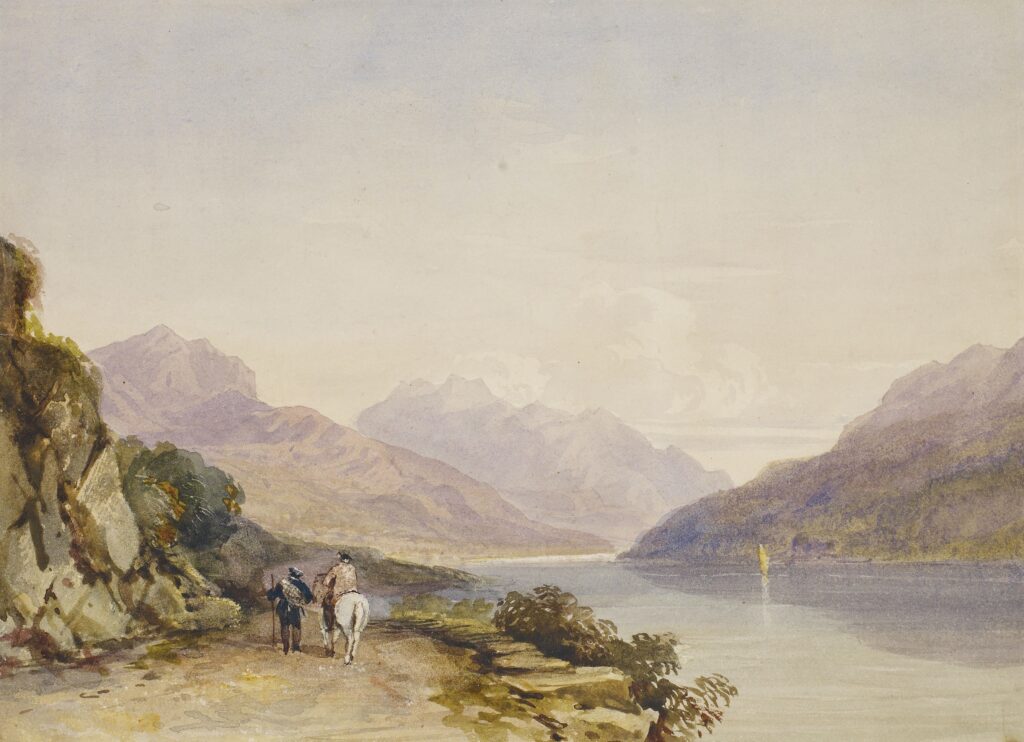
This image is property of images.unsplash.com.
Curing the Gouache on Clay
Air-Drying Gouache
Gouache on clay can be air-dried over time. It is important to ensure that the gouache is completely dry before handling or applying any additional layers. The drying time can vary depending on factors such as humidity and layer thickness. Ensure proper ventilation in the drying area and allow sufficient time for the gouache to cure naturally.
Using a Heat Gun for Curing
To expedite the drying process, a heat gun can be used to cure the gouache on clay. Use the heat gun on low or medium heat settings and keep it moving continuously to avoid overheating or scorching the clay. Be cautious not to hold the heat gun too close to the surface, as this may cause bubbling or cracking. Continuous monitoring is crucial to ensure the gouache cures evenly.
Baking Gouache on Clay
If the clay being used is oven-safe, another option for curing gouache is baking it in an oven. Consult the manufacturer’s instructions for the appropriate temperature and baking time required for the specific clay you are using. Place the clay with gouache in the oven and allow it to bake thoroughly. Ensure proper ventilation during the baking process to avoid any fumes or odors. Once baked, let the clay cool completely before handling.
Sealing Gouache on Clay
Using Clear Varnish
To protect the gouache on clay from external elements and ensure longevity, applying a clear varnish is recommended. Clear varnishes specifically designed for clay can be brushed onto the dry gouache surface. Apply multiple thin coats, allowing each coat to dry completely before applying the next. The varnish will provide a protective layer, enhance the colors, and add a glossy or matte finish, depending on the type of varnish used.
Applying Resin Coat
For a more durable and glossy finish, resin can be applied over the gouache on clay. Resin creates a hard, transparent coating that protects the artwork and adds depth and shine to the colors. Follow the manufacturer’s instructions for mixing and applying the resin. Ensure that the gouache is completely dry before applying the resin to prevent any color bleeding or smudging. Allow the resin to cure according to the instructions before handling the finished piece.
Using Polymer Clay Glaze
Polymer clay glazes can also be used to seal gouache on clay. Apply the polymer clay glaze with a brush, following the manufacturer’s instructions. Multiple thin coats may be required for optimal protection and finish. Polymer clay glazes provide a protective barrier and can add a glossy or satin finish to the gouache artwork. Allow the glaze to dry completely before handling the finished piece.

This image is property of images.unsplash.com.
Protecting Gouache on Clay
Avoiding Water Exposure
To protect the gouache on clay, it is important to avoid exposing it to water or excessive moisture. Gouache is water-soluble and may reactivate or smudge when in contact with liquids. Avoid using wet cloths or submerging the clay in water, as this can damage or remove the gouache. If necessary, gently wipe the surface with a dry cloth to remove any dust or dirt.
Avoiding Abrasive Contact
Gouache on clay can be delicate and susceptible to scratching or rubbing off. Take care when handling and storing the clay artwork to avoid abrasive contact. Place a soft cloth or tissue paper between pieces to prevent them from rubbing against each other. Avoid placing heavy objects on top of the gouache artwork, as this may cause indentations or damage.
Handling and Displaying the Finished Piece
When displaying the finished clay artwork with gouache, it is important to handle it with care. Avoid touching the gouache directly with fingers as natural oils can transfer onto the surface. Consider framing the artwork under glass or placing it in a protective display case to minimize exposure to dust and UV light. Display the artwork away from direct sunlight to prevent any fading or discoloration over time.
Combining Gouache with Other Mediums
Using Gouache with Acrylics
Gouache can be combined with acrylic paints to create mixed media artwork on clay. Acrylics provide a durable and waterproof layer, while the gouache adds its unique opaque and matte qualities. Experiment with layering and blending techniques to achieve interesting effects. Apply the gouache on top of the dry acrylic layers to maintain its vibrant colors.
Incorporating Gouache with Oil Paints
For those who prefer working with oil paints, gouache can still be incorporated into clay artwork. Apply the oil paints as a base layer and let them dry completely. Once dry, use gouache to add details, highlights, or opaque layers on top of the oil paint. Be mindful of compatibility between oil and gouache and ensure proper drying times between layers.
Experimenting with Mixed Media Art
Gouache on clay offers a wide range of possibilities for mixed media art. Combine gouache with various mediums such as watercolors, colored pencils, markers, or collage elements to create unique and textured effects. Explore different techniques, experiment with layering, and let your creativity flow. The versatility of gouache allows for endless artistic possibilities.

Troubleshooting Common Issues
Gouache Cracking or Flaking
If your gouache on clay starts to crack or flake, it may be due to improper application or drying techniques. Ensure that each layer of gouache is completely dry before applying the next to prevent cracking. Avoid applying thick layers of gouache, as they can crack during the drying process. Additionally, if the clay surface is not properly prepped or primed, the gouache may not adhere properly, leading to flaking. Properly clean, sand, and prime the clay surface before applying gouache to minimize cracking or flaking issues.
Uneven Application of Gouache
Uneven application of gouache can be caused by various factors. Inconsistent brush strokes, inadequate mixing of gouache and mediums, or using varying amounts of paint can result in an uneven appearance. Take your time to ensure even coverage by applying the gouache in smooth, consistent strokes. Pay attention to the consistency of the gouache and mix it thoroughly with mediums to achieve a uniform application.
Gouache Color Fading
If you notice that the colors of your gouache on clay are fading over time, it may be due to exposure to light, UV radiation, or improper sealing techniques. To prevent color fading, use lightfast gouache colors that are specifically formulated to resist fading. Additionally, ensure that the gouache is properly sealed with a varnish or resin coat to provide protection against UV radiation. Display the artwork away from direct sunlight to further minimize the risk of color fading.
Removing Gouache from Clay
Using Rubbing Alcohol
If you need to remove gouache from clay, rubbing alcohol can be quite effective. Dampen a cotton swab or cloth with rubbing alcohol and gently dab the surface of the gouache. Take care not to scrub too vigorously, as this may damage the clay. Repeat the process as necessary until the gouache is completely removed. Once removed, ensure that the clay surface is cleaned and re-prepped before applying new gouache.
Using Acetone
For more stubborn gouache stains, acetone can be used. Apply a small amount of acetone to a cloth or cotton swab and gently rub the affected area. Acetone is a strong solvent, so use it sparingly and with caution. Test a small, inconspicuous area of the clay first to ensure that the acetone does not damage the clay. After removing the gouache, clean the clay thoroughly and re-prep the surface if necessary.
Sanding the Gouache Layer
If the previous methods do not completely remove the gouache from clay, sanding can be considered as a last resort. Use fine-grit sandpaper or sanding sponges to gently sand the surface of the gouache. Be careful not to sand too aggressively, as this may damage the underlying clay. After sanding, ensure that the surface is cleaned and prepped before applying new gouache.
